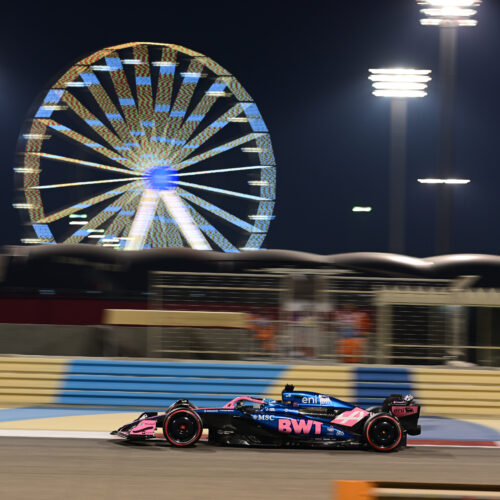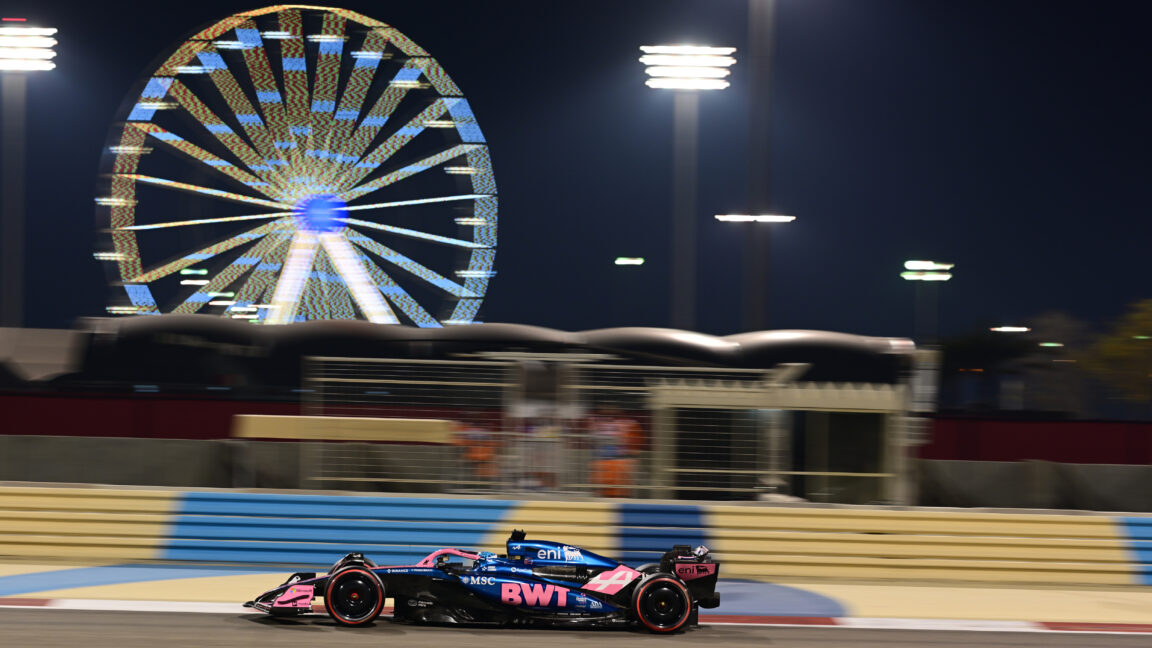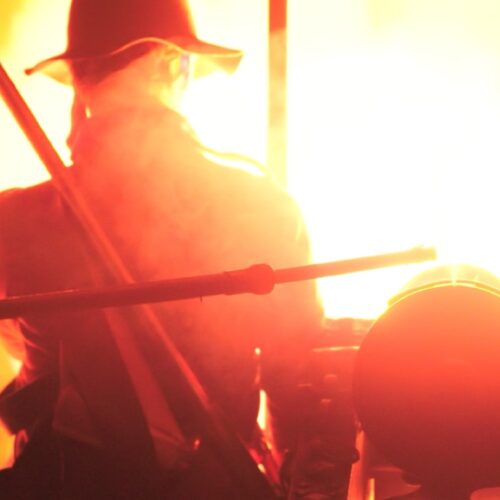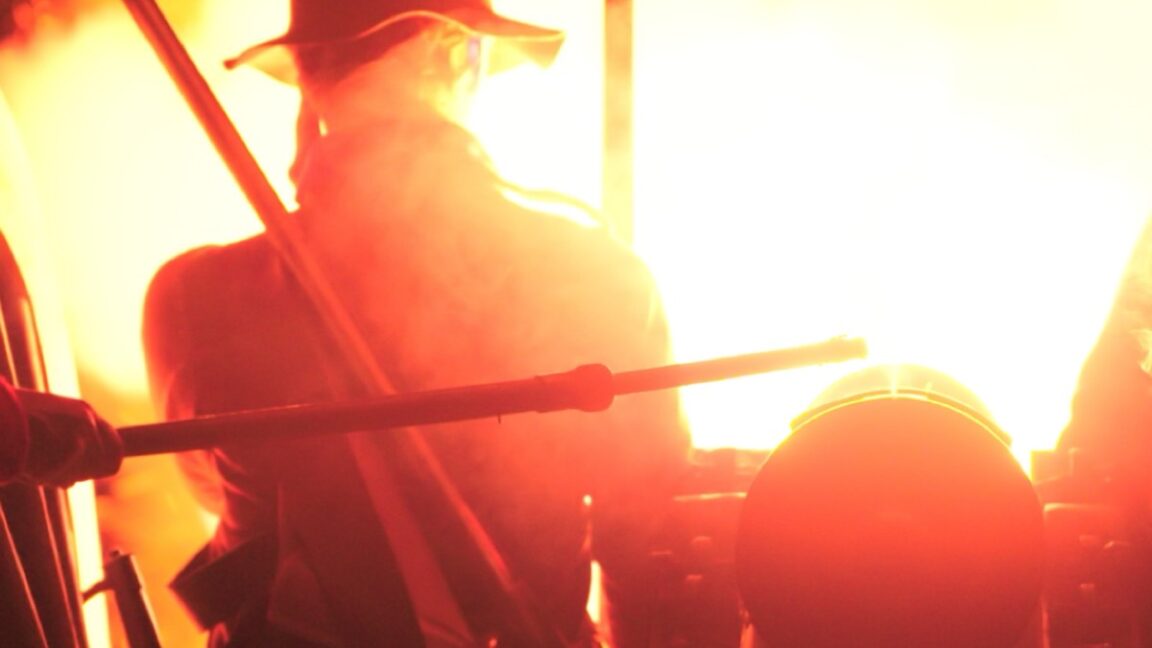Reading view
Meta to start training its AI models on public content in the EU
Chipolo’s latest colorful trackers work with Android and Apple networks
The remote tracker industry is filled with options that cater to a couple of known networks, but not many offer compatibility with both Android and Apple’s finder networks. The Chipolo POP is a new tacker that works on the Apple Find My network and Android’s Find My Device network, and it comes in a variety of non-boring colors.
more…The Best Agencies Think Like Editorial Brands
Messy Life of Former Nashville Anchor Gets Messier after Ex-Wife Accused of Hiring Someone to Kill Him

Burger King Names Joel Yashinsky CMO for U.S. and Canada
Common CT Scans Are Major Cancer Risk, Study Claims

CT scans could be as significant a risk factor for cancer as alcohol, but some experts aren't convinced.
Well, Doctor Who, That’s One Way You Can’t Go Home Again

'The Robot Revolution' welcomes us to Varada Sethu's skeptical new companion, Belinda Chandra—and offers us an interesting hook as to why a companion who wants to go home can't.
F1 in Bahrain: I dare you to call that race boring
What a difference a week makes. This past weekend, Formula 1 went back to Bahrain, the site of this year's preseason test, for round four of the 2025 season. Last week's race in Japan sent many to sleep, but that was definitely not the case on Sunday. The overtaking was frenetic, the sparks didn't set anything on fire, and the title fight just got that little bit more complicated. It was a heck of a race.
V10s? Not any time soon
Before the racing got underway, the sport got some clarity on future powertrain rules. An ambitious new ruleset goes into effect next year, with an all-new small-capacity turbocharged V6 engine working together with an electric motor that powers the rear wheels. Just under half the total power comes from the hybrid system, much more than the two hybrid systems on current F1 cars, and developing them is no easy task. Nor is it cheap.
F1 is also moving to supposedly carbon-neutral synthetic fuels next year, and that has prompted some to wonder—increasingly loudly—if instead of the expensive hybrids lasting for four years, maybe they could be replaced with a cheaper non-hybrid engine instead, like a naturally aspirated V10.


© Andrea Diodato/NurPhoto via Getty Images
Katy Perry becomes first artist to sing in space in landmark all-female mission

Hugging Face buys a humanoid robotics startup
Nvidia to build $500B AI infrastructure in the U.S., begins domestic production of Blackwell chips
Nvidia is betting big on American soil. The chipmaker said Monday it plans to invest up to $500 billion in building AI infrastructure across the U.S. over the next four years, working closely with longtime partners like Taiwan Semiconductor Manufacturing […]
The post Nvidia to build $500B AI infrastructure in the U.S., begins domestic production of Blackwell chips first appeared on Tech Startups.
Meta Adds Patrick Collison, Dina Powell McCormick to Board of Directors

iPhone 17 Pro Max case fit test shows off biggest camera bump yet

We’ve seen iPhone 17 Pro Max dummy units, and we’ve gawked at iPhone 17 Pro Max cases. Yet when you put the two together, you get a real sense of the shape of things to come.
more…Window’s Controversial Recall Is Back — Here’s How to Control It

Microsoft's AI-powered Recall feature screenshots almost everything, and if you care about privacy, that still poses a problem.
A Lifetime License to Windows 11 Pro Bundled With the Essential How-To Course Is Just $25

StackSocial's practically giving away Windows 11 Pro and the Essential Windows 11 Pro Course for 89% off.
Most Carbon-Rich Asteroids Never Make It to Earth—and Now We Know Why

A study of thousands of space rocks may explain why a common type in space is so uncommon on our planet.
The Meta Quest 3S just got its first discount

Due to the fluctuating tariff situation, a lot of people are seriously mulling over tech purchases they might otherwise be content to put off for a while. And it makes sense. While I don’t endorse panic buying, your reasons for buying now are more justified because prices may increase. In light of that instability, it’s refreshing to find discounts, such as this small but welcome $30 price drop on the Meta Quest 3S. It’s $269.99 at Best Buy, Amazon, and Walmart, and still comes with Batman: Arkham Shadow, plus a three-month trial of Quest Plus. That’s Meta’s Game Pass-like subscription that lets you play over 25 games, with new games added to the catalog every month (normally $7.99 per month).
The Quest 3S is Meta’s latest standalone virtual reality headset. While newer than the Quest 3, it’s more of a half-step successor to the popular Quest 2. Its speed matches that of the Quest 3, but the lenses, field of view and per-eye screen resolution are the same as on the Quest 2. It’s a strange batch of upgrades, but it works — especially at this price. Read our review.
With the Quest 3S, you can play all of the most demanding titles on the platform. And, if you have a gaming PC, you can wirelessly link up your headset via Meta’s AirLink app, or the official Steam Link app, to play your PC-based virtual reality titles, such as Half-Life: Alyx.
More deals and discounts
- The cost of the PlayStation 5 has sharply increased in certain non-US regions, but for now, US readers can still get the slim PS5 digital edition with a copy of Astro Bot (one of 2024’s best video games) starting at $399.99 from Amazon and Best Buy. And, for just $50 more, you can opt for the disc-based console that includes the UHD optical Blu-ray drive for playing PS5 discs and 4K Blu-rays. Read our review of the slim PS5 versus the original model.
- Whether you have an Asus ROG Ally, a Steam Deck, or a Nintendo Switch, Asus’ 65W TV dock is a suitable all-in-one dock and charger that’s steeply discounted at Best Buy. Normally $64.99 (not a great price), it’s currently $29.99. It features an HDMI 2.0 port for pushing 4K at 60Hz, or lesser resolutions at up to 120Hz, depending on whether your display supports fast frame rates. It also has a USB-A 2.0 port for connecting an accessory to your handheld of choice.
- If you like board games and Lego bricks, there’s a great title that’s available at a clearance price at Woot. It’s called Monkey Palace: A Lego Board Game, and our Polygon pals described it in their review as “Scrabble for STEM kids.” Normally a great deal around $20, you can snag it for a limited time for $10.99.
In The Last of Us season 2, Joel finally goes to therapy

Joel is a troubled guy. Throughout the first Last of Us game (and subsequent TV adaptation on HBO, where heâs played by Pedro Pascal), he sees and does a lot of things heâd rather forget. He certainly doesnât seem to want to talk about them much. Which is why itâs nice to see that, in the showâs second season, heâs finally seeing a therapist named Gail.
Unlike most of the showâs cast, Gail (played by Catherine OâHara) isnât based on a character from the games but instead is a new creation specifically for the HBO series. And although she makes her debut in season 2, co-creator Craig Mazin says that introducing a therapist was actually something he wanted to do early on.
âIn a world where everyone has been traumatized ⦠therapy would probably be usefulâ
âWe have opportunities to do things only we can do that the game canât,â he tells The Verge. âI donât think the game couldâve supported a very long cutscene between a therapist and Joel. But it was something that we had talked about all the way back in season 1, because it seemed to us that in a world where everyone has been traumatized, and you have to barter some skill as part of the new econ …
Live demos test effectiveness of Revolutionary War weapons
The colonial victory against the British in the American Revolutionary War was far from a predetermined outcome. In addition to good strategy and the timely appearance of key allies like the French, Continental soldiers relied on several key technological innovations in weaponry. But just how accurate is an 18th-century musket when it comes to hitting a target? Did the rifle really determine the outcome of the war? And just how much damage did cannon inflict? A team of military weapons experts and re-enactors set about testing some of those questions in a new NOVA documentary, Revolutionary War Weapons.
The documentary examines the firing range and accuracy of Brown Bess muskets and long rifles used by both the British and the Continental Army during the Battles of Lexington and Concord; the effectiveness of Native American tomahawks for close combat (no, they were usually not thrown as depicted in so many popular films, but there are modern throwing competitions today); and the effectiveness of cannons against the gabions and other defenses employed to protect the British fortress during the pivotal Siege of Yorktown. There is even a fascinating segment on the first military submarine, dubbed "the Turtle," created by American inventor David Bushnell.
To capture all the high-speed ballistics action, director Stuart Powell relied upon a range of high-speed cameras called the Phantom Range. "It is like a supercomputer," Powell told Ars. "It is a camera, but it doesn't feel like a camera. You need to be really well-coordinated on the day when you're using it because it bursts for, like, 10 seconds. It doesn't record constantly because it's taking so much data. Depending on what the frame rate is, you only get a certain amount of time. So you're trying to coordinate that with someone trying to fire a 250-year-old piece of technology. If the gun doesn't go off, if something goes wrong on set, you'll miss it. Then it takes five minutes to reboot and get ready for the new shot. So a lot of the shoot revolves around the camera; that's not normally the case."


© GBH/NOVA